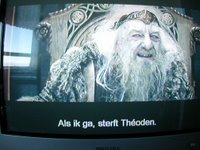 Other new research and reviews of note:
Other new research and reviews of note:Why extraverts are happier than introverts.
The use of toys in clinical interviews with children.
A behaviourist criticism of the DSM manual.
A quick guide to Tourette's. And see here.
The effect on kids of seeing their mum or dad be violent to their partner.
More evidence showing the efficacy of dilectical behavioural therapy for borderline personality disorder - this time in an in-patient setting. See here for more on DBT and here for more on BPD.
Choice and uncertainty clog the bottleneck of central processing.
Body maps don't facilitate children's reports of where they've been touched - with implications for court procedure.
More evidence for the fallibility of human memory - 63 per cent of participating undergrads said they remembered seeing video footage of the assassination of the Dutch politician Pim Fortuyn - footage that actually doesn't exist.
In psychopathology research, people's self-reports differ wildly from how other people report on them - this has implications for relying on self-report data in research.
And quite a few this fortnight on animal cognition:
Trust in fish.
It's not all learning by association - animals really are cognitive.
Dolphins can go a month without sleep.
Social animals prove their smarts.
Man's best friend(s) reveal the possible routes of social intelligence.
You have read this article Extras
with the title June 2006. You can bookmark this page URL http://psychiatryfun.blogspot.com/2006/06/link-fest.html. Thanks!























